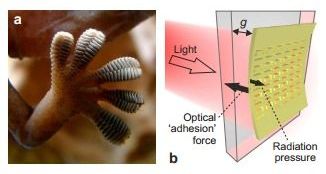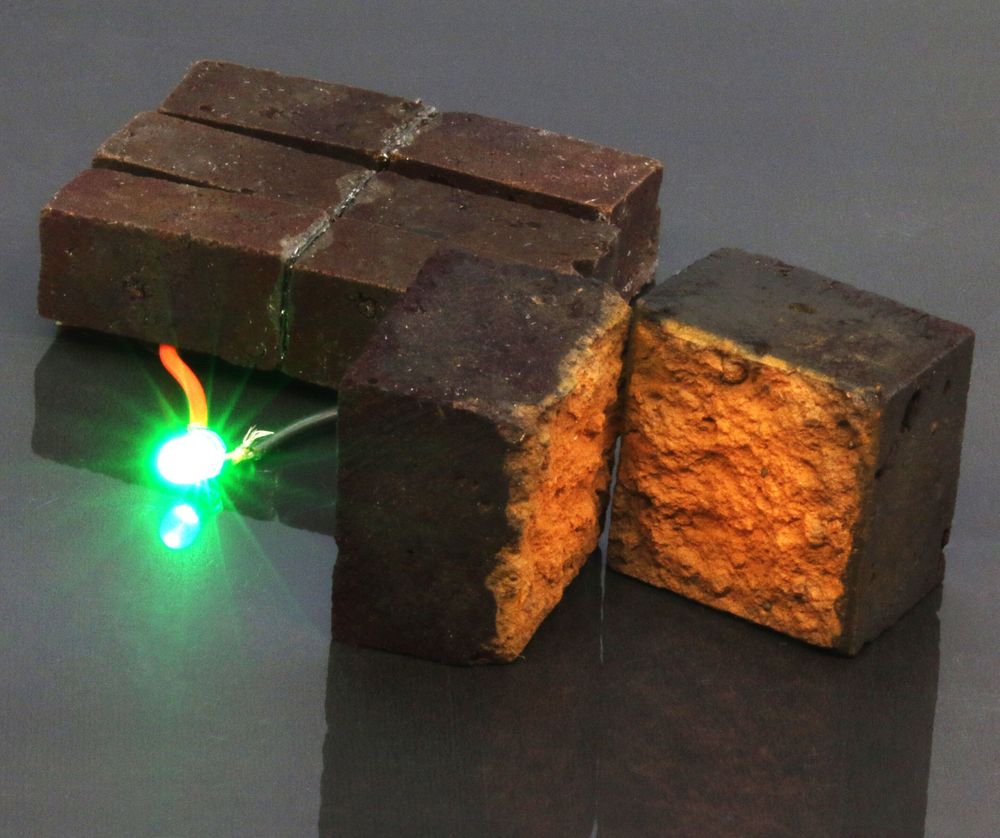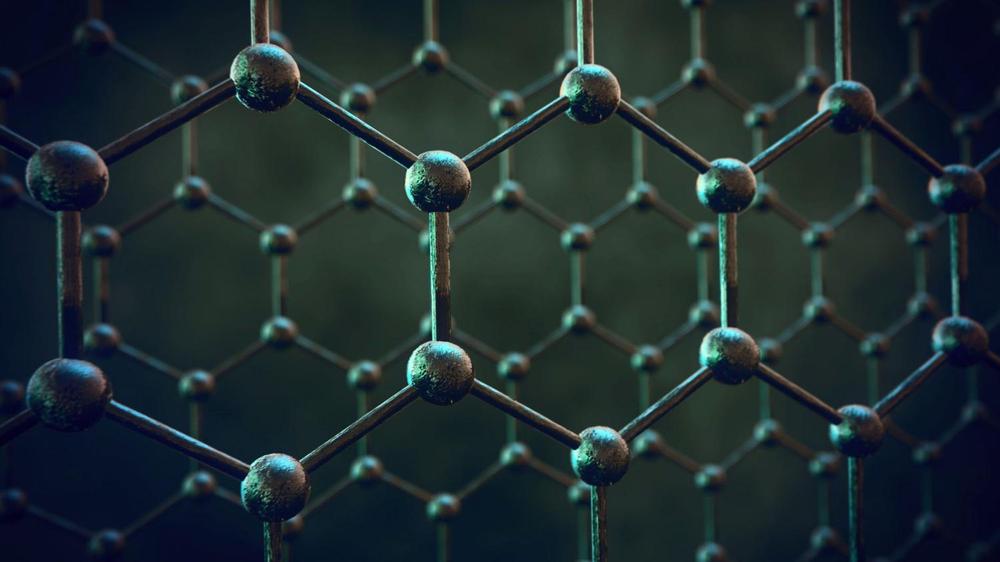Aug 20, 2020
Kepler’s supernova remnant: Debris from stellar explosion not slowed after 400 years
Posted by Genevieve Klien in categories: cosmology, materials
Astronomers have used NASA’s Chandra X-ray Observatory to record material blasting away from the site of an exploded star at speeds faster than 20 million miles per hour. This is about 25,000 times faster than the speed of sound on Earth.
Kepler’s supernova remnant is the debris from a detonated star that is located about 20,000 light years away from Earth in our Milky Way galaxy. In 1604 early astronomers, including Johannes Kepler who became the object’s namesake, saw the supernova explosion that destroyed the star.


















